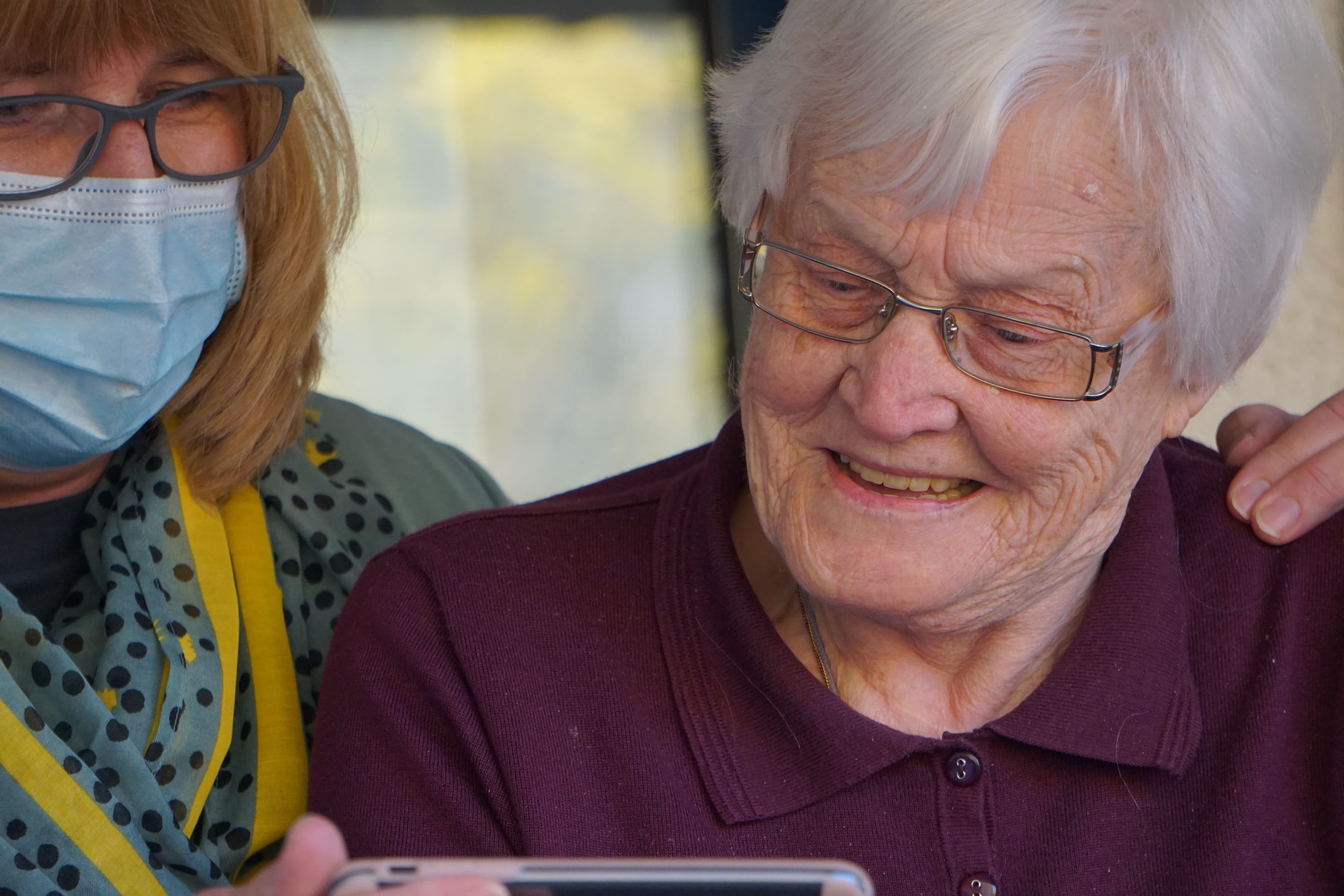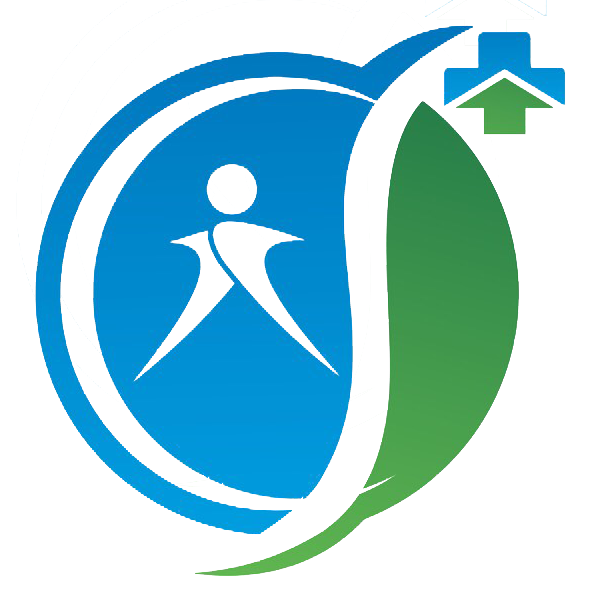Person centred care

What is person-centred care?
Person-centred care is an approach to healthcare and social care that focuses on the individual's needs, preferences, and goals.
It is based on the belief that Individuals are the expert on their own lives and that they should be involved in decision-making about their care.
It aims to empower Individuals and give them more control over their own care.
What are the benefits of person-centred care?
Improved outcomes
Person-centred care has been shown to lead to better health outcomes for individuals, including improved satisfaction, quality of life, and functional status.
Increased autonomy
Person-centred care gives the Individual more control over their care and allows them to make choices about the services they receive, which can increase their autonomy and sense of dignity.
Increased engagement
By involving the individual in the planning and decision-making process, person-centred care can increase their engagement and involvement in their own care.
Enhanced communication
It promotes open and honest communication between the individual and the care team, which can lead to better understanding and trust.
How can person-centred care be implemented?
There are several key principles to consider when implementing person-centred care:
Involvement of the individual
Person-centred care requires the active involvement of the individual in the planning and decision-making process.
This can be achieved through various methods, such as person-centred planning, shared decision-making, and self-directed care.
Coordination and collaboration
Person-centred care requires coordination and collaboration among multiple agencies and professionals to ensure that the individual's needs are met.
This can be facilitated through the use of electronic health records and other technology tools.
Training and support Staff may need additional training and support to be able to deliver person-centred care effectively.
It may be necessary to provide ongoing training and professional development opportunities to ensure that staff are prepared to provide person-centred care.
Resources and funding
Adequate resources and funding are essential for delivering person-centred care.
It may be necessary to advocate for increased resources and funding to support person-centred care practices.
What are the Challenges to the adoption of person-centred care?
There are several challenges to the adoption of person-centred care
Limited resources
One of the main challenges of delivering person-centred care is the limited financial, human, and technological resources that are available.
Communication barriers
Language and cultural differences can present challenges in communicating with and understanding the needs of the individual.
Lack of choice and control
It is important for the individual to have control over their care and to have the opportunity to make choices about the services they receive.
Coordination and collaboration
Coordinating care among multiple agencies and professionals can be challenging, which can lead to fragmented care.
Legal and ethical issues
There are a number of legal and ethical issues that can arise when providing person-centred care, such as confidentiality and informed consent.
Resistance to change
Some individuals may be resistant to change and may not want to participate in person-centred care.
Staff training and development
Staff may need additional training and support to be able to deliver person-centred care effectively.
Technology for carers, on-call staff, coordinators, management, and healthcare professionals deployed to mobile devices that combine with web-based management applications with electronic care delivery timeline reports can help to overcome some of the challenges of providing person-centered care by:
Improving communication and coordination
These technologies can facilitate communication and coordination among the care team, which can help to ensure that the individual's needs are met and that care is delivered in a timely and effective manner.
Providing real-time information
Technological applications provide real-time information about the individual's care needs that allow carers to respond to changes in the individual's condition or needs more quickly whilst management can make decisions based on current and accurate information.
Enhancing documentation
Electronic delivery reports, eMAR(electronic medication administration record), and digital notes can help to improve the accuracy and completeness of documentation, which is important for ensuring that the individual's care is delivered consistently and effectively.
Improving efficiency
Technologies such as e-Rostering and Incident Reporting can help to improve the efficiency of care delivery by streamlining administrative processes and allowing for more efficient scheduling and resource management.
Enhancing access to information
Cloud-based document storage and retrieval systems can make it easier for carers, coordinators, clinicians, and management to access important information about the individual's care, such as care plans and medical records.
There are several management tools that can be used to personalize care through the creation of care plans and rotas that outline personalized activities for individuals. Some examples of these tools include:
Care planning software This type of software allows care teams to create comprehensive care plans for each individual, outlining their specific needs, goals, and preferences. It also allows for the creation of rotas that outline the specific tasks and activities that will be carried out by care staff.
Electronic health records (EHRs)
EHRs are digital versions of a patient's medical history, which can include information about their diagnoses, treatments, medications, and care plans.
This information can be accessed by care staff to inform their care activities and to ensure that they are meeting the individual's specific needs and preferences.
Telemonitoring systems
Telemonitoring systems use technology such as sensors, cameras, and wearable devices to remotely monitor an individual's health and care needs. This can be especially useful for individuals who require frequent monitoring or support, as it allows care staff to respond to any changes in an individual's condition in a timely manner.
By using these management tools to personalise care, care teams can ensure that they are providing the most appropriate and effective care to meet the needs of each individual.
The use of technology can help to overcome some of the challenges of providing person-centered care by improving communication, coordination, and access to information, and by enhancing the efficiency and effectiveness of care delivery.
It is important to consider the needs and preferences of the individual when selecting and implementing technology solutions and to ensure that any technology that is used is user-friendly and easy to use.
Regulation 9: Person-centred care Health and Social Care Act 2008 (Regulated Activities) Regulations 2014: Regulation 9
Let's chat.
